Loxias
New member
- Joined
- Mar 10, 2010
- Messages
- 294
- MBTI Type
- INxj
- Enneagram
- 4w5
I have decided on this little project. In hope to make my contribution to the forum more useful and also to initiate conversations on my main passion in life, and one that seems to be shared by many on the forum : Photography.
The project consists in presenting each week a relatively famous photographer and his or her work to the forum. Then we can discuss what we like or dislike about it, whether we relate or not to it... Why not even, for the type-crazy people around here, try and type their work or what type of people you suspect the work of the photographer might be more attractive to.
My choice of order of photographers to present is quite random, although the first I will come up with are most likely ones I personally feel more special about.
I also will not try to introduce too much of the meanings that the photographers or the critics claim for the works as I believe meaning is essentially in the eye of the viewer, and that discussing our interpretations without too much pre-knowledge will be more enriching.
Anyway, before this introduction becomes tl;dr, let's introduce the photographer of the week!
Hiroshi Sugimoto is a Japanese photographer (and architect) born in 1948 in Tokyo. He lives and work primarily in Tokyo and New York.
After graduating with a BFA in Tokyo, he left for Los Angeles to graduate a second BFA, and then moved to New York.
One of his first series, done in 1974 is called Dioramas.
I'll quote Sugimoto (from his website) on how this series came up :
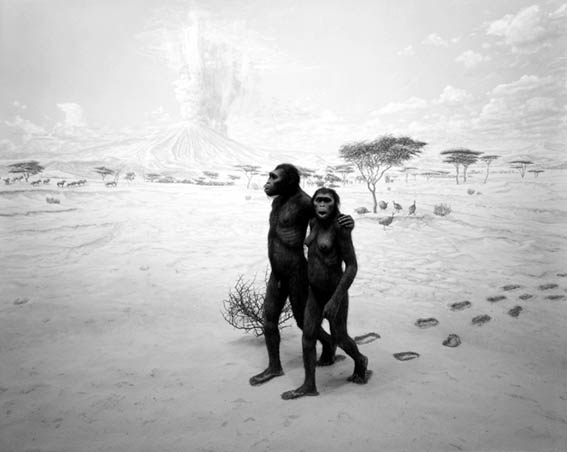
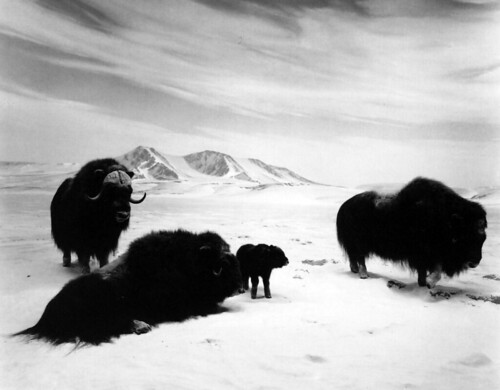

Another famous and very thorough series is Theaters.
I'll have to quote Sugimoto again here :
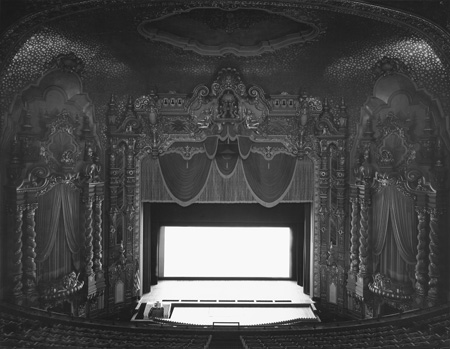
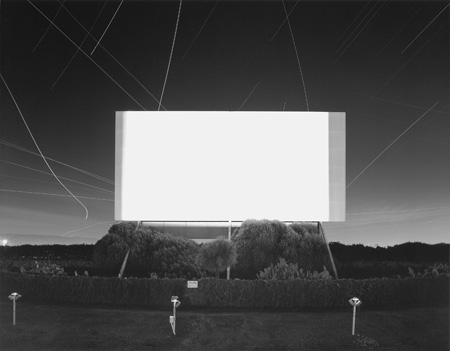
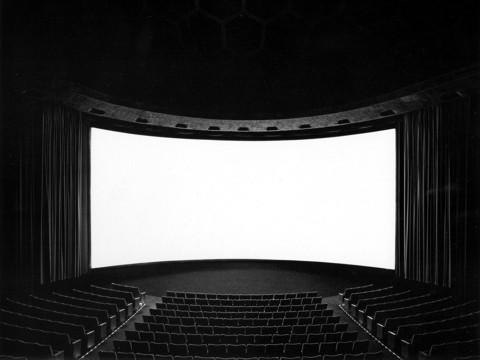
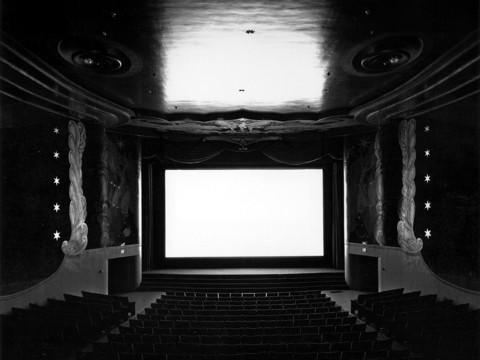
Sugimoto is also very famous for his Seascapes, taken in many different places, over more than twenty years.
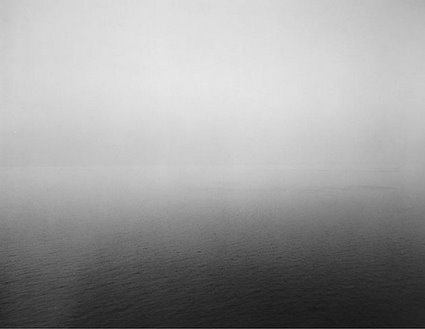

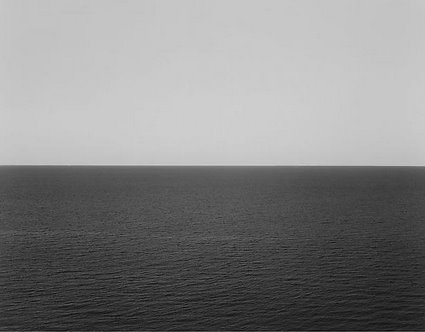
His Architecture series consisting of pictures of emblematic modernist constructions taken with a focal length of twice that required for infinity focus.
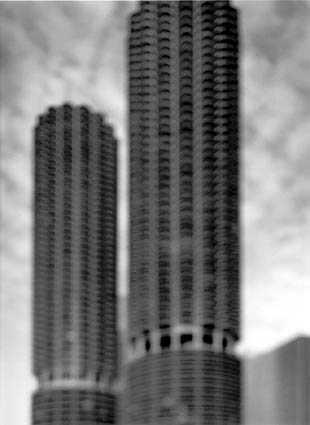



His series of pictures of wax sculptures from Ms Tusseaud's museum taken with a lighting similar to that used by renaissance portrait painters. This serie is called Portraits.

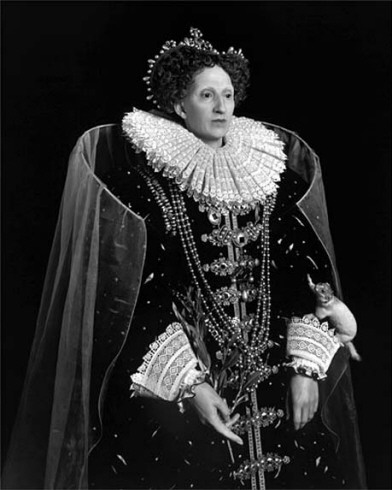

His latest series, Lightning Fields is more experimental, focusing on the effects of electricity on photographic plates.
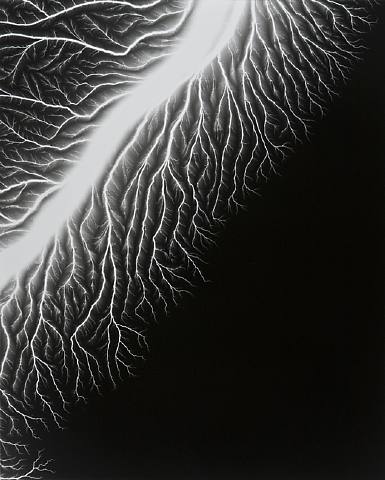
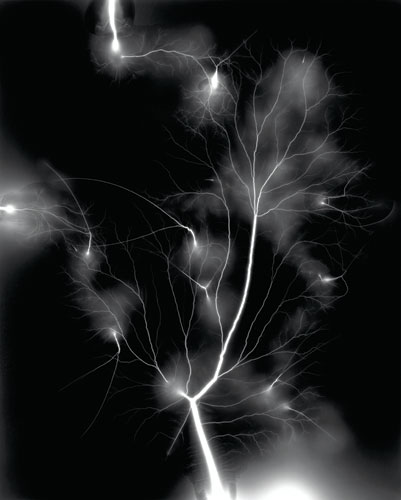

Hiroshi Sugimoto works mainly on 8x10 inch black and white negatives.
The project consists in presenting each week a relatively famous photographer and his or her work to the forum. Then we can discuss what we like or dislike about it, whether we relate or not to it... Why not even, for the type-crazy people around here, try and type their work or what type of people you suspect the work of the photographer might be more attractive to.
My choice of order of photographers to present is quite random, although the first I will come up with are most likely ones I personally feel more special about.
I also will not try to introduce too much of the meanings that the photographers or the critics claim for the works as I believe meaning is essentially in the eye of the viewer, and that discussing our interpretations without too much pre-knowledge will be more enriching.
Anyway, before this introduction becomes tl;dr, let's introduce the photographer of the week!
Hiroshi Sugimoto is a Japanese photographer (and architect) born in 1948 in Tokyo. He lives and work primarily in Tokyo and New York.
After graduating with a BFA in Tokyo, he left for Los Angeles to graduate a second BFA, and then moved to New York.
One of his first series, done in 1974 is called Dioramas.
I'll quote Sugimoto (from his website) on how this series came up :
Upon first arriving in New York in 1974, I did the tourist thing. Eventually I visited the Natural History Museum, where I made a curious discovery: the stuffed animals positioned before painted backdrops looked utterly fake, yet by taking a quick peek with one eye closed, all perspective vanished, and suddenly they looked very real. I'd found away to see the world as a camera does. However fake the subject, once photographed, it's as good as real.



Another famous and very thorough series is Theaters.
I'll have to quote Sugimoto again here :
I'm a habitual self-interlocutor. Around the time I started photographing at the Natural History Museum, one evening I had a near-hallucinatory vision. The question-and-answer session that led up to this vision went something like this: Suppose you shoot a whole movie in a single frame? And the answer: You get a shining screen. Immediately I sprang into action, experimenting toward realizing this vision. Dressed up as a tourist, I walked into a cheap cinema in the East Village with a large-format camera. As soon as the movie started, I fixed the shutter at a wide-open aperture, and two hours later when the movie finished, I clicked the shutter closed. That evening, I developed the film, and the vision exploded behind my eyes.




Sugimoto is also very famous for his Seascapes, taken in many different places, over more than twenty years.



His Architecture series consisting of pictures of emblematic modernist constructions taken with a focal length of twice that required for infinity focus.


His series of pictures of wax sculptures from Ms Tusseaud's museum taken with a lighting similar to that used by renaissance portrait painters. This serie is called Portraits.



His latest series, Lightning Fields is more experimental, focusing on the effects of electricity on photographic plates.



Hiroshi Sugimoto works mainly on 8x10 inch black and white negatives.
